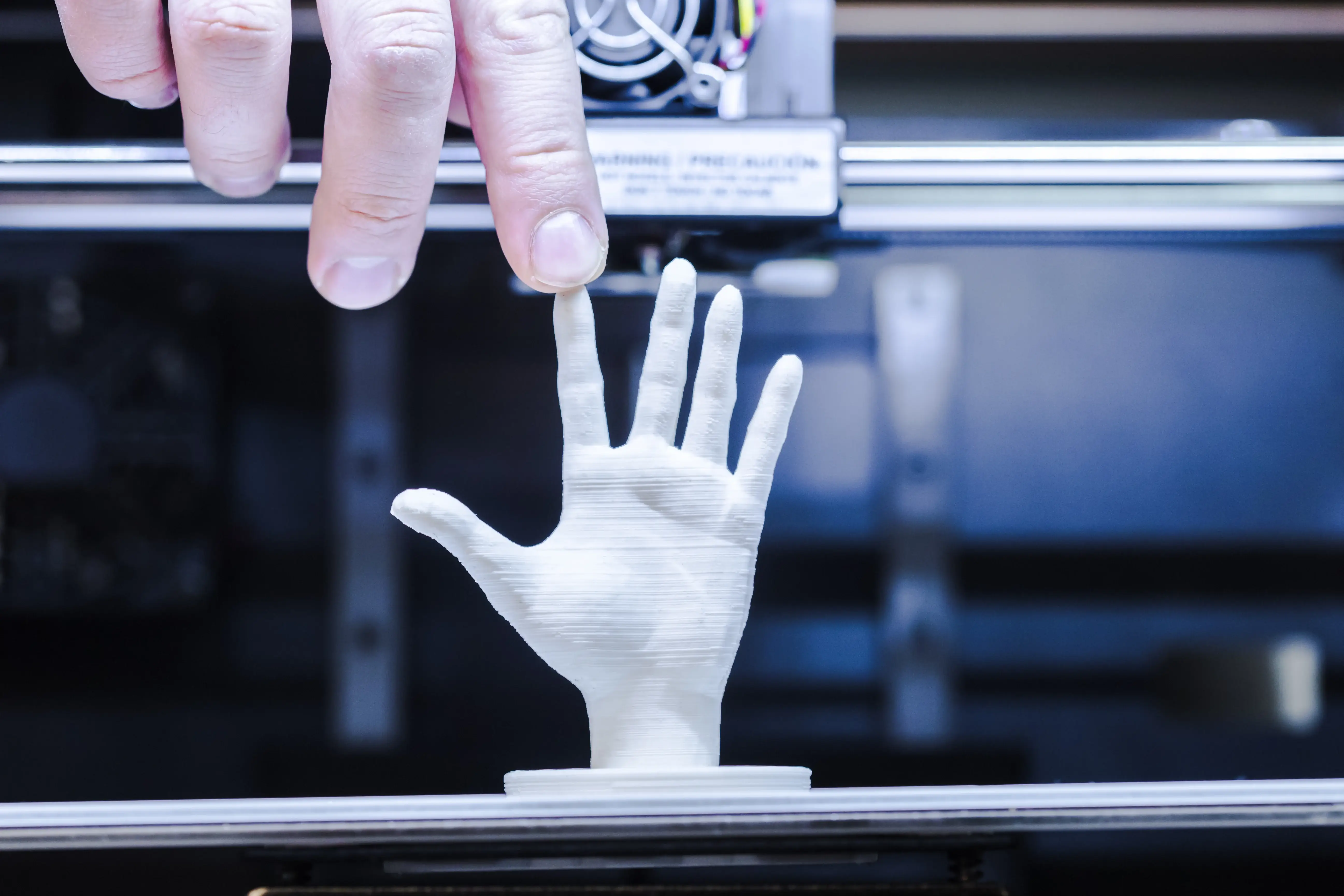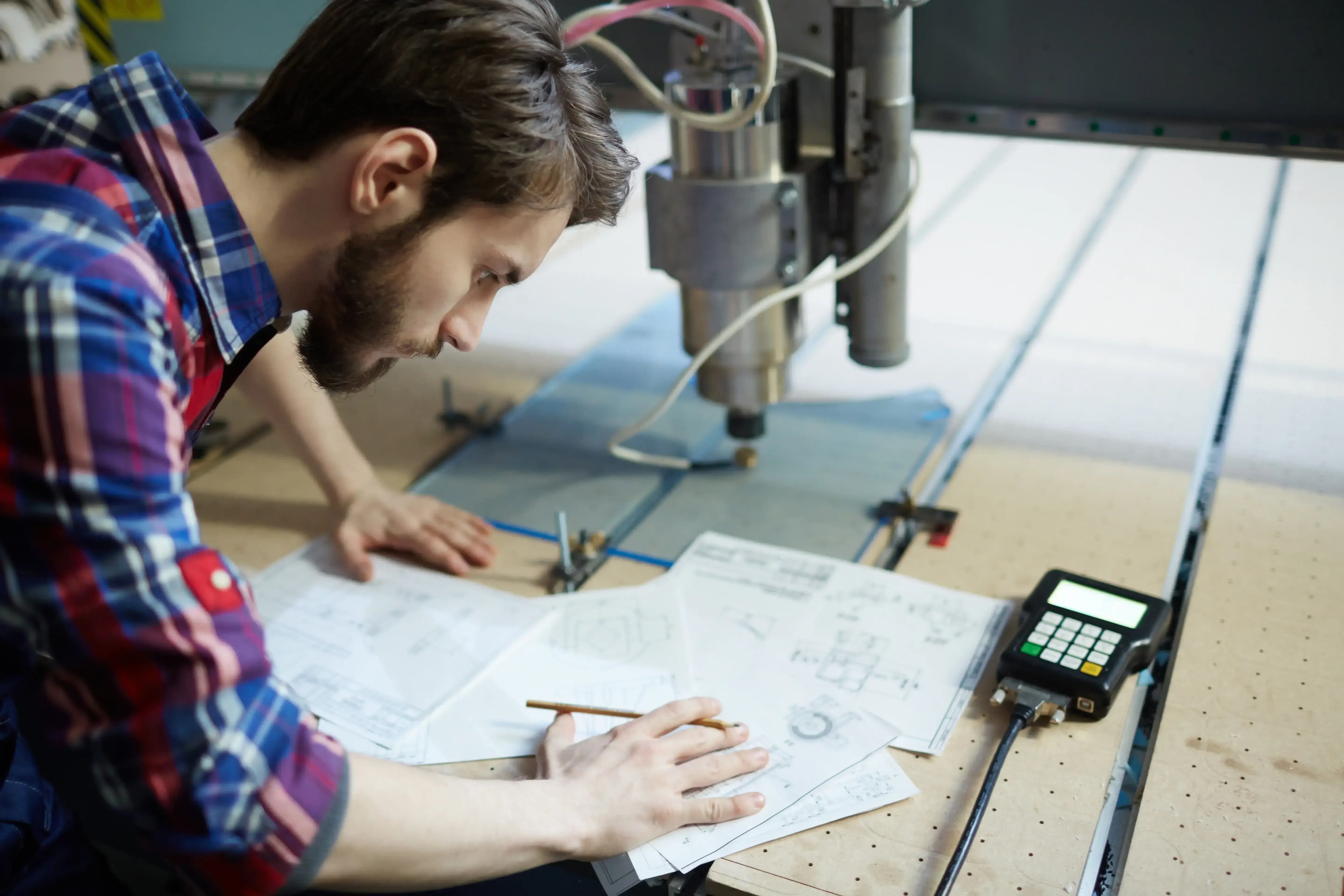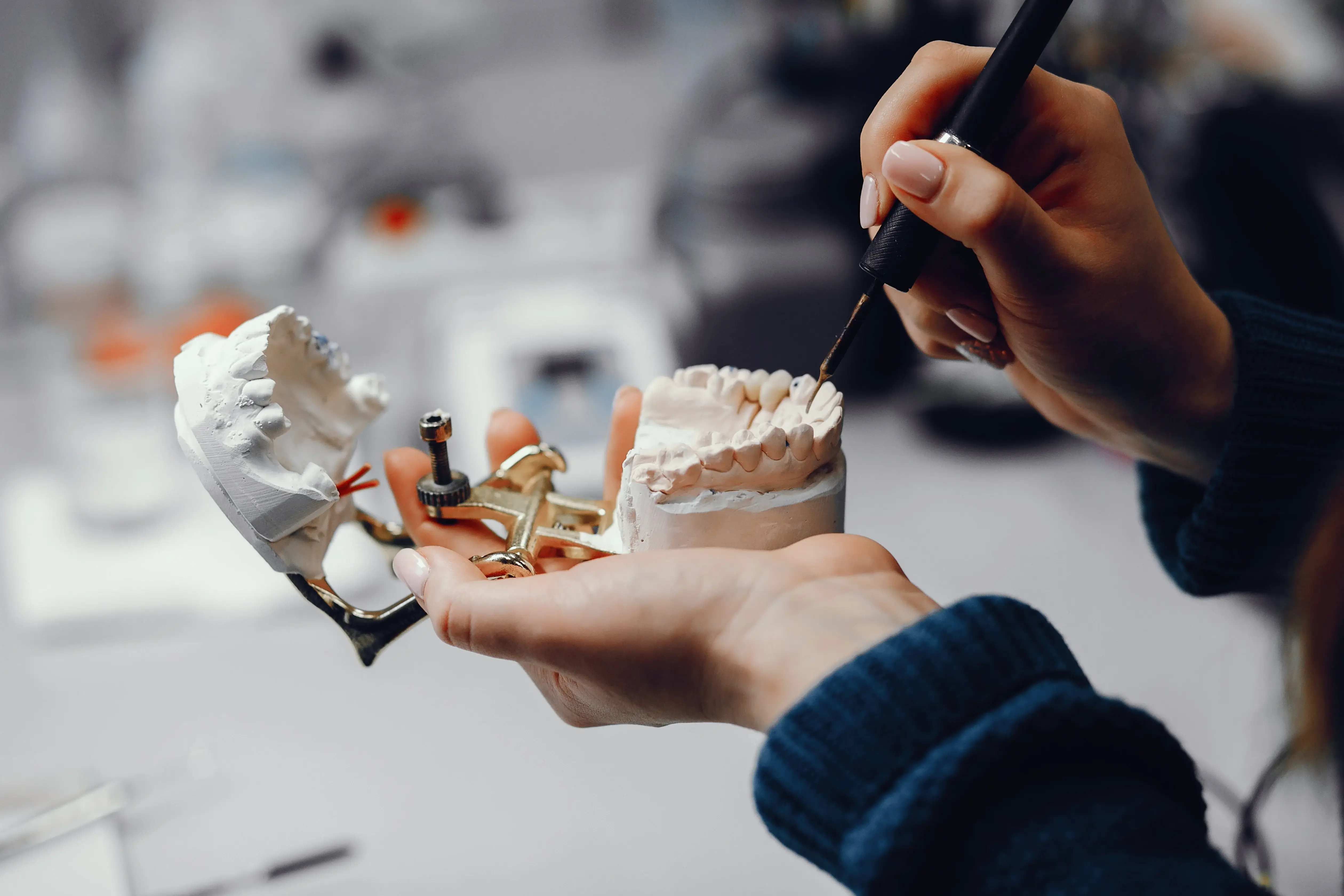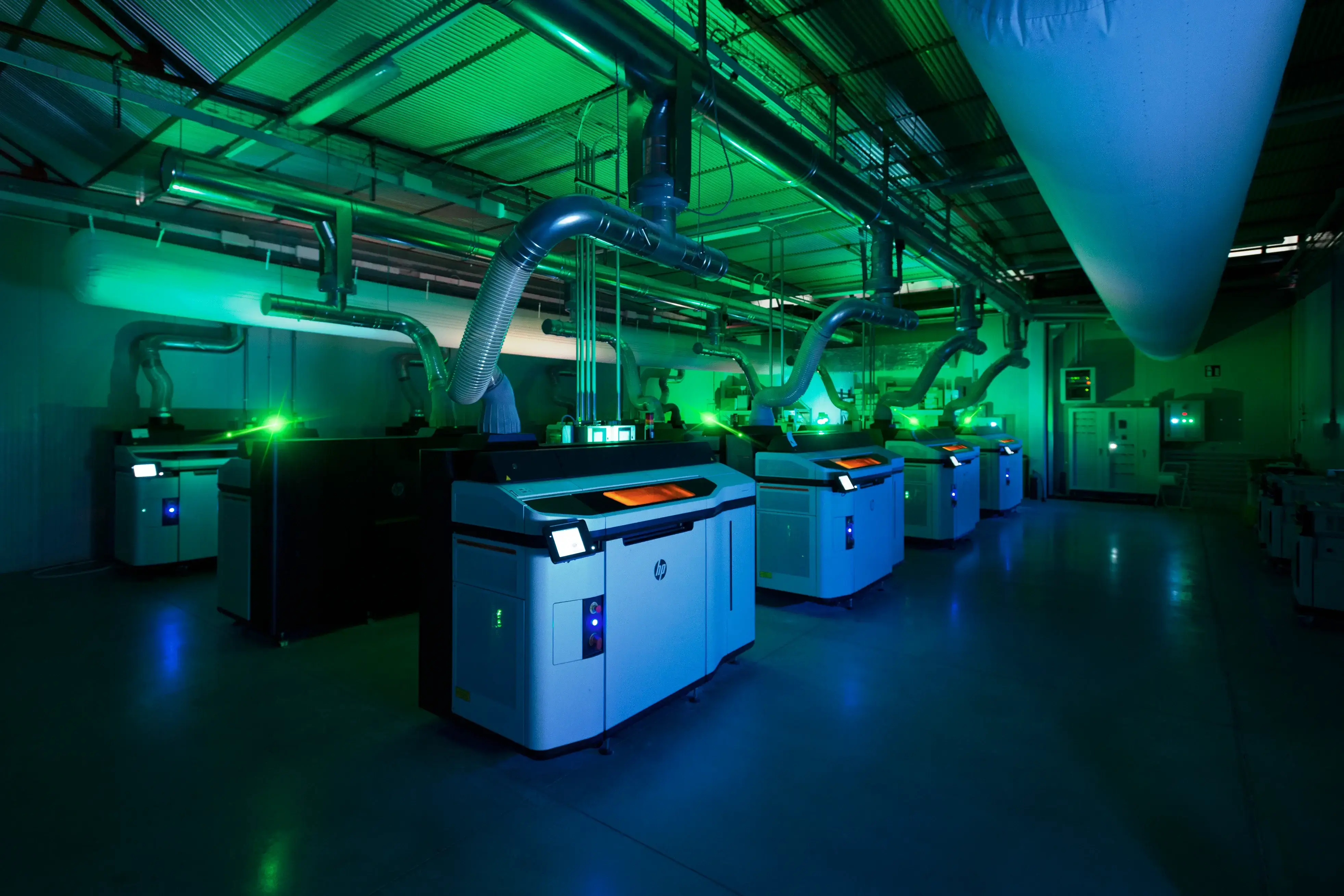2 min read
Topology optimisation in 3D Printing
The evolution of manufacturing technology has led to revolutionary design and manufacturing paradigms. Topology optimisation in 3D printing...

3D printing is an ever-evolving technology that opens up a world of creative possibilities. It allows abstract ideas to be transformed into solid reality through the manipulation of materials and the creation of objects layer by layer. We explore some of its most interesting applications.
Thanks to 3D printing, the medical sector is being revolutionised. This technology makes it possible to create customised prostheses that perfectly fit the patient's anatomy, improving comfort and functionality. Prostheses find application in various medical specialisations, such as orthopaedics, for the replacement of damaged joints or the creation of customised bones. Moreover, 3D printing allows the production of anatomical models, which help doctors visualise and plan operations more precisely. This innovation is pushing medicine towards more effective and customised solutions, improving treatment and healing. In addition, it provides customised solutions that overcome the limitations of standardised devices, thanks to the direct upload of one's own 3D file with ad-hoc measurements for each patient.

Using safe and certified materials, you can make, for example, chocolate moulds with complex and detailed shapes, creating unique and customised chocolates. 3D printing also enables the production of innovative kitchen utensils, such as spatulas, tongs or spoons, with innovative designs to improve ergonomics and functionality during food preparation. It is also possible to create customised decorations for cakes, biscuits and other desserts, adding a original and creative flavour to your culinary creations. The materials used in the food printing process comply with safety and hygiene regulations, ensuring maximum safety during use. 3D printing offers all cooking lovers the opportunity to express their creativity through unique and customised objects that stand out for their quality and originality.

3D printing is becoming more popular in the automotive sector as well, making the production of customised parts more accessible. This technology easily creates customised components for the passenger compartment, bumpers, knobs and other automotive accessories. Moreover, it offers several advantages, such as the ability to make lightweight yet strong parts, improving both the performance and aesthetics of vehicles. Consequently, the weight of components can be optimised without compromising structural strength, contributing to the energy efficiency and overall performance of the vehicle. This method provides greater flexibility and customisation to adapt components to the specific needs of vehicles and owners. The ability to quickly create prototypes and iterate on the design allows the optimum solution to be reached in a shorter time. This technology offers the automotive industry the opportunity to realise its full potential: it creates tailor-made components, reduces production time and improves the overall efficiency of vehicles.

3D printing has opened new doors in the field of design, enabling the creation of unique and customised objects for home and furniture. Lamps, chairs, vases, furniture and sculptures can have complex shapes and details, becoming genuine works of art that reflect individual creativity and style. Customisation is one of the strengths of 3D printing in design. Object sizes, shapes, colours and details can be adapted to suit the aesthetic preferences of each individual, creating unique results. Consequently, it represents an extraordinary opportunity for designers to explore new creative horizons and overcome the limitations of traditional methods. This technology offers a world of possibilities for this sector, allowing ideas to be turned into tangible reality and creating exclusive objects with unique lines.

3D printing has revolutionised the prototyping process. As a result, it has made it possible to create prototypes quickly and inexpensively, saving time and money compared to traditional methods. Designers can test and improve their models to identify potential problems and make changes in a time-saving manner. This avoids costly redesigns during production, reduces product development time and enables more efficient decision-making. In addition, 3D printing offers greater flexibility in the creation of complex, customised prototypes. Models can have intricate geometries and precise details, allowing the aesthetics, functionality and technical characteristics of the final product to be evaluated.

In addition to the mentioned applications, 3D printing is used in many other sectors, offering significant advantages. For example, in the aerospace sector, it enables the production of lightweight and complex components for drones and aircraft. It makes it possible to build structures that combine strength and lightness, optimising the performance and durability of aviation devices.
In the nautical sector, it can be utilised to create customised parts for boats, such as marine engine components, structural supports and accessories. This flexibility allows solutions to be tailored to the specific requirements of each boat, improving efficiency, safety and aesthetics.
The electrical and electronics sector can also benefit greatly. It allows the production of customised enclosures for electronic devices, ensuring better protection and optimised heat dissipation. In addition, electronic components, such as connectors, circuit boards and housings, can be manufactured with greater precision and speed thanks to 3D printing.
If you are thinking about what you could print in 3D, the answer is pretty much anything your imagination can dream up. Indeed, this technology opens up new avenues for innovation and customisation, allowing you to make your ideas into concrete objects.

2 min read
The evolution of manufacturing technology has led to revolutionary design and manufacturing paradigms. Topology optimisation in 3D printing...

3 min read
Medicine has always been pioneering and cutting-edge. Starting in the 1990s, it began to move towards 3D printing, confirming its predisposition for...

1 min read
In the modern landscape of manufacturing, 3D printing technology is emerging as a revolutionary force. With a wide range of techniques available, it...